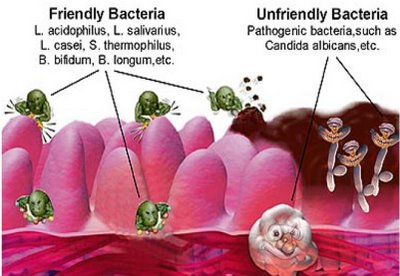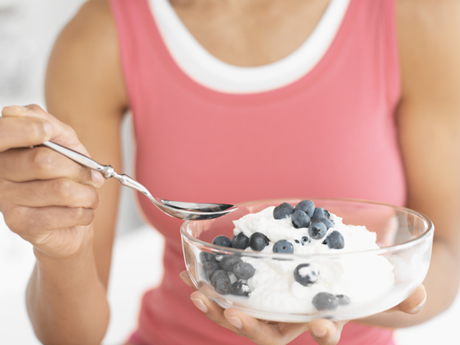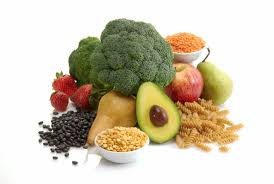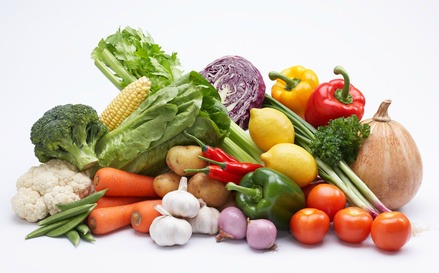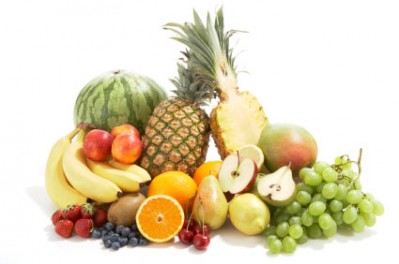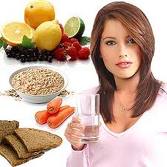What is your biggest challenge when it comes to choosing healthy cooking oil?
Special report reveals why the truth about cooking oil may surprise you in a good way…
Interested in learning how to avoid the no.1 worst cooking oil which destroys your health?
So are we clueless to the options when it comes to selecting fats and oils for cooking?
Raise your hand to tell me you’re interested in hearing more…
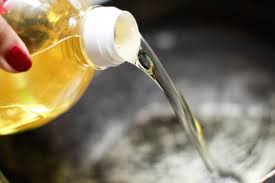
If none of this floats your boat, you can do what most women do…nothing.
And if that isn’t the shocking part?
It’s just a matter of choosing cooking oils that are better for cooking and healthy for you.
Types of cooking oil include:
- olive oil
- palm oil
- soybean oil
- canola oil
- rapeseed oil
- pumpkin seed oil
- corn oil
- sunflower oil
- safflower oil
- peanut oil
- grape seed oil
- sesame oil
- argan oil
- rice bran oil
- And many other vegetable oils…
And there’s the animal-based oils like butter and lard.
Maybe you’re thinking…how is animal-based oils ever a good thing?
Dear Friend,
Remember the good ole’ white solid or semi-solid rendered fat of a hog?
This was once the most popular cooking and baking fat, but these days animal fat has been replaced by vegetable oils and shortenings.
As you probably already know the popular vegetable oils, canola oil, soybean oil, olive oil, coconut oil, bran oil, corn oil the question is which is your so called healthy cooking oil?
Cooking oil can be plant or animal based or a synthetic fat used in frying, baking and other types of cooking.
Cook oil is also used in food preparation and flavoring which doesn’t involve heat, such as salad dressings.
Let’s take a closer look at cooking oils, find out which are healthy and very unhealthy.
Do you know which cooking oil is the worst? .
Today may feel like any other day…
Except for one thing is different…
Today, you’re asking yourself if investing in your health and better quality of lifestyle is the right decision for you, right?
So here are a few facts to share which may help you make this life changing decision…
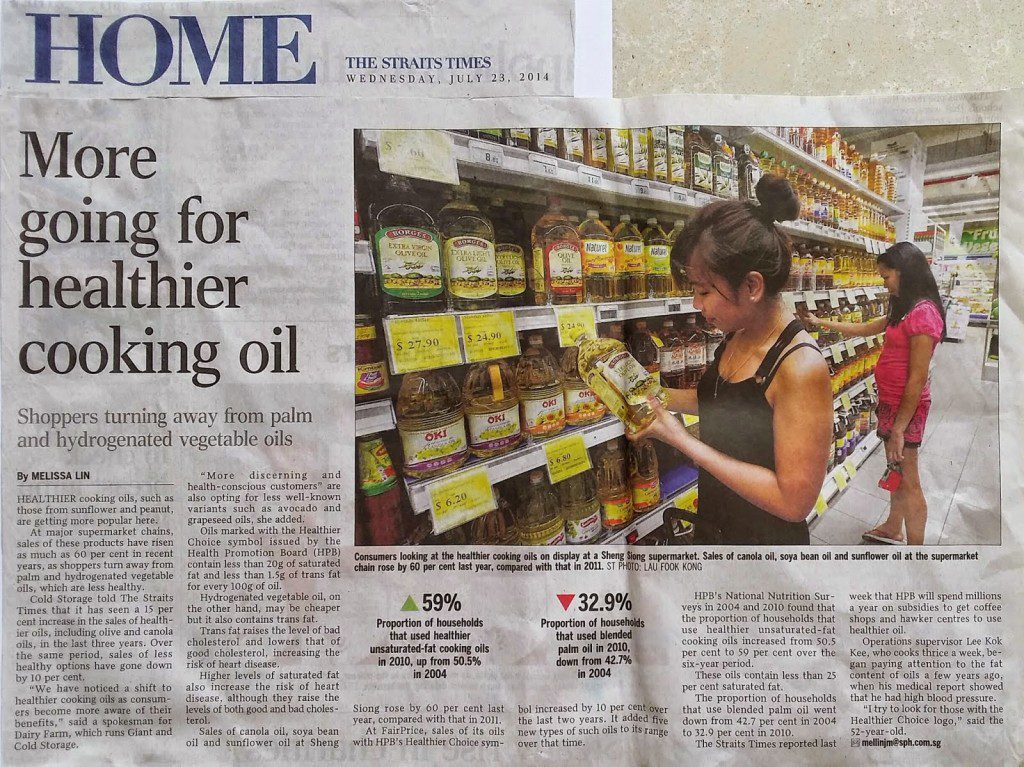
Which cooking oils and fats you currently use are actually harmful to your body?
And why some are very healthful?
Do you think an item labeled vegetable oil is healthy and good for you?
Vegetable oil, simply a over refined soybean oil which is heavily processed under high heat, pressure using industrial solvents (hexane)…
Research shows it may also be heavily refined cottonseed, safflower, corn, sunflower, grape seed or other lesser oils.
In most cases almost all of the overly processed oils are not good for cooking or healthy for you.
Allow me to explain why…
If you buy processed food or deep fried food, you can usually be certain there are unhealthy cooking oils used to prepare foods.
Any hydrogenated versions of these oils (trans fats) are the worse and most harmful to your body.
Check your pantry if you’ve bought some of these unhealthy cooking oils for your own cooking or baking at home.
The big problem with soybean oil, cottonseed oil, corn oil, safflower oil and similar label vegetable oils is they are mostly composed of polyunsaturated fats.
Polyunsaturated fats are the most highly reactive types of fat, which leaves the oil exposed to oxidation and free radicals when exposed to heat and light.
Processed polyunsaturated oils affects inside your body by producing the most inflammatory because of the high sensitivity or reaction to heat and light.
This inflammation is what causes many of poor gut health and internal problems which may develop into heart disease, cancer and other degenerative diseases.
Not all polyunsaturated fat are created equal…
What if a polyunsaturated fat source comes from whole foods like nuts and seeds?
In this case it’s usually not inflammatory, as long as it’s not been exposed to high heat.
Nuts are usually a great source of healthy polyunsaturated fats packed with omega-6 and omega-3 fatty acids which are polyunsaturates.
A healthy dose of approx 1:1 to 3:1 ratio of omega-6 to omega-3 is considered the most beneficial and healthiest.
Always better to eat raw nuts and seeds whenever possible.
Best to avoid oxidation of polyunsaturated fats which may occur during roasting of nuts and seeds.
Keep in mind some nuts like macadamias are mostly monounsaturated, so the issue of roasted vs raw nuts is less of an issue for highly monounsaturated nuts.
All the above listed vegetable oils listed are typically overly refined during processing and makes them inflammatory before you even cook which continues to do greater damage.
Don’t be fooled by deceptive misleading information claiming canola oil is healthy for you…
Refer to this list of fats from least stable to most stable in actual order of stability affected by heat and light:
1. polyunsaturated fat
2. monounsaturated fat
3. saturated fat
Look at no.3…saturated fats are actually the healthiest oils to use in cooking. Why?
Because saturated fats are much more stable in cooking and produce less inflammatory than polyunsaturated oils in cooking.
This is why palm and coconut oils are better for cooking…
In fact, animal fats such as lard and butter have very little polyunsaturates and are mostly made of natural saturated fats which are the least reactive to heat and light.
The more stable oil the less inflammation is produced in your body.
Choose cooking oils with the highest stability with healthiest end results.
That’s why natural butter is one of the best fats as a cooking oil.
You can’t argue with biochemistry of fats or falsely believe saturated fats are bad for you…
Most saturated fats from tropical oils are actually good for you because these fats contain medium chain triglycerides (MCTs).
In today’s so called healthy choice nutritional plans medium chain triglycerides are lacking.
In fact, lauric acid is one of most abundant MCTs in tropical oils well known to strengthen immune system.
Lauric acid is currently being studied in medical studies for controlling contagious diseases.
Your better cooking or baking fats are generally butter or tropical oils such as palm or coconut oil and is considered one of the healthiest cooking oil for weight loss.
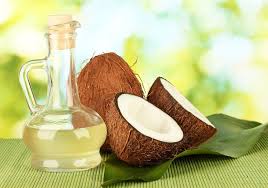
Healthy extra virgin olive oil is produced by pressing the flesh of olives, olive oil has become known as the healthy cooking oil and it certainly is.
Compared to vegetable oil, olive oil (extra virgin preferably) is ideal used for very low cooking temperatures because it’s mostly monounsaturated, so it’s moderately stable.

You could use avocado oil and macadamia nut oil for baking these are monounsaturated and relatively stable for baking, you may enjoy the extra rich, smooth and creamy flavor.
The polyunsaturated oils such as soybean, corn, grape seed, cottonseed, safflower, are the least healthy for cooking or baking.
Get the common cooking oils out of your kitchen and use these instead here are the top choices for better healthy cooking oils:
- Virgin coconut Oil is a healthy fat (very stable at med-high temperatures)
- Extra virgin olive Oil is a healthy fat (only suitable for very low temp cooking)
- Butter is a healthy fat (grass fed butter contains important nutrients, vitamin K2, omega-3’s and CLA
Keep in mind if you minimize usage of cooking with oils this can help reduce overall calories so cooking with oils in moderation.
These cooking oils can actually help satisfy your appetite for longer, don’t go overboard because calories can add up fast…

Coconut oil, grass-fed butter and delicious extra-virgin olive oils are doing your body good.
Also remember to read the label as most salad dressings you find at stores are loaded with unhealthy soybean or canola oils.
Hopefully you’ll avoid using those dangerous inflammatory vegetable oils like soybean oil, corn oil and cottonseed oils which are used in so many processed foods these days.
Using real butter, coconut oil and extra virgin olive oil can be super-healthy choice for anti-inflammatory benefits, detoxification of body for a lean, healthy and strong body as well.
Also helps you to look and feel young, healthy from the inside out…
Cooking Oil
 Can you lose weight eating anything you want? Yes, it is absolutely possible to lose weight and eat whatever you want.
Can you lose weight eating anything you want? Yes, it is absolutely possible to lose weight and eat whatever you want.


